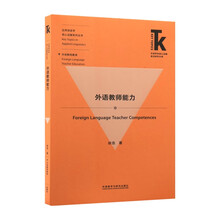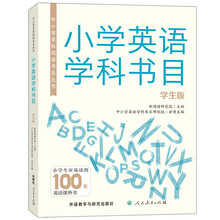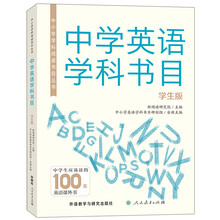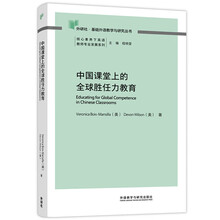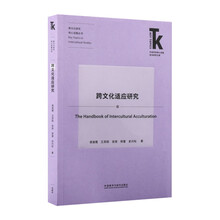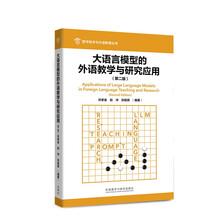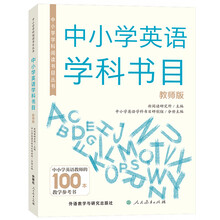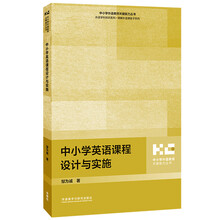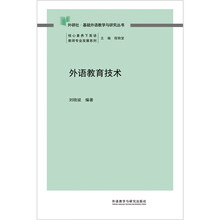Chapter 1 Introduction
Chapter 2 English-Chinese Contrastive Studies in the First Half of the 20th
Century: The Pioneering Stage
2.1 Contrastive Studies Under the Guidance of General Grammar
2.1.1 Contributions of Ma Jianzhong
2.1.2 Contributions of Li Jinxi
2.1.3 Contributions of Chen Chengze
2.2 Contrastive Studies Under the Guidance of General Linguistics
2.2.1 Contributions of Wang Li
2.2.2 Contributions of Lu Shuxiang
2.2.3 Contributions of Gao Mingkai
2.2.4 Contributions of Chao Yuen Ren
2.2.5 Contributions of Yang Shuda
2.2.6 Contributions of Yen Fuh
2.2.7 Contributions of Lin Yutang
2.2.8 More Noteworthy Contributions
2.3 Summary
Chapter 3 English-Chinese Contrastive Studies in the 1950s and 1960s: The
Stagnation Stage
3.1 English-Chinese Micro-Contrastive Studies for the Purpose of TEFL and
Translation
3.1.1 Contributions of Loh Dianyang
3.1.2 Contributions of Zhang Peiji
3.1.3 Contributions of Ch'ien Chungshu
3.1.4 More Noteworthy Contributions
3.2 Breakthroughs in the English-Chinese Contrastive Studies Under the
Guidance of General Linguistics
3.2.1 More Contributions of Chao Yuen Ren
3.2.2 More Noteworthy Contributions
3.3 Summary
Chapter 4 English-Chinese Contrastive Linguistics in the 1970s and 1980s:
The Restoration Stage
4.1 The Improvement of Social Climate for Research
4.2 The Onset of Contrastive Linguistics and the Appearance of Contrastive
Theorizing
4.2.1 The Institutional Establishment of Education and Research in
Contrastive Linguistics in Universities
4.2.2 The Academic Establishment of the Discipline and the Appearance of
Contrastive Theorizing
4.3 Broad Scope of Contrastive Linguistics and Narrow Focus of Micro-
Contrastive Studies
4.4 The Appearance of Macro-Contrastive Studies at the Facets of Discourse,
Pragmatics, Rhetorics, Cognition, Psychology and Culture
4.5 Summary
Chapter 5 English-Chinese Contrastive Linguistics from the 1990s to the
Present: The Prosperous Stage
5.1 The Consolidation of Academic Foothold, the Expansion of Research Teams
and the Increase of Scholarly Publishing
5.1.1 The Publication of Influential Collections of Contrastive Theses ...
5.1.2 Contrastive Educational and Research Programs in Universities
5.1.3 The Founding of China Association for Comparative Studies of English
and Chinese (CACSEC) and Its Active Operation
5.2 Intensive Theorizing on Contrastive Linguistics as a Discipline
5.2.1 The Explicit Definition, Scope, Classification, Theoretical Framework
of Contrastive Linguistic Inquiry
5.2.2 Intensive Theorizing on the Discipline and Its Methodology
5.2.3 The Active Introduction of the Western Linguistic Theories and
Research Methodology and Intensive Interdisciplinary Approaches to
Contrastive Linguistic Studies
5.2.4 The Presence of Historical Studies on the Contrastive Linguistics in
China
5.3 Novel Contrastive Perspectives and Methodologies and Diversified
Theoretical and Methodological Approaches
5.3.1 The Active Pursuit of New Perspectives and Methodologies
5.3.2 The Popularization of Corpus Linguistic Method
5.4 The Narrower Focus of Micro-Contrastive Studies
5.5 Broader and More In-Depth Macro-Contrastive Studies and Micro-Macro
Combined Approaches
5.6 Summary
Chapter 6 English-Chinese Contrastive Linguistics in China: Limitations and
Prospect
6.1 The Limitations of English-Chinese Contrastive Linguistics in China
6.1.1 Lack of Both Original Innovation and Schools of Thoughts in Contrastive
Linguistics in China
6.1.2 Lack of Academic Contentions and Queries
6.1.3 Lack of Historical Studies on the Discipline
6.1.4 Gap Between Domestic and International Corpus-Based Contrastive
Studies
6.1.5 Lack of English Semantic Competence and Publication in English
6.1.6 Dominance of Rationalism and Lack of Human-Centered Philosophy in
Contrastive Research Among TESOL Practitioners
6.2 The Prospect of English-Chinese Contrastive Linguistics in China
Bibliography
Index
展开

